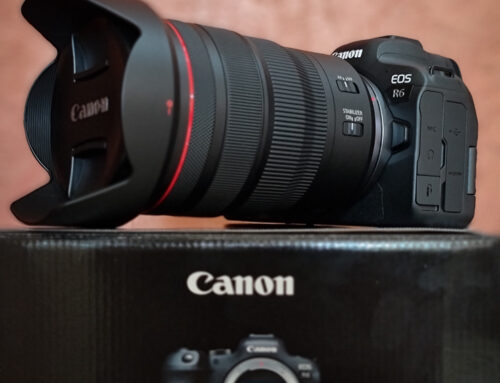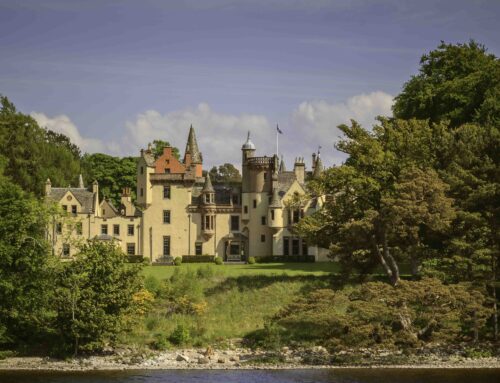This is the 1st in the 3-Part Flash Photography series..
While using the Full Auto or the *Scene modes (especially in the portrait and night portrait modes), you should have observed that the camera fires the flash automatically.
*Scene modes – I term them the IAE – Intelligent Auto Exposures, as the camera is able to understand what you are trying to shoot based on the Scene mode you have selected and is able to make a better decision on how to expose for that Scene.
Unlike the Full Auto, where the Camera controls all aspects of exposure and color etc., the Scene Mode offers you a choice of basic controls (dependent on the camera model/make) other than the exposure.
But one should always evolve to the Program, Aperture Priority AE, Shutter Priority AE, and the Full Manual modes to enjoy Photography.
>the basic when/why the flash is needed.
Is it the need for an Additional source of Light to illuminate your subject when the *ambient light is inadequate!!
When the subject is moving and the light is low; if a slow shutter speed was selected to expose correctly, this will result in a motion blur and/or the handle held shot would have encountered a camera shake. If the aperture is opened to expose correctly, the DOF might not be adequate.
The Flash would effectively manage these situations.

Shadows on the subject due to:
a. Uneven natural light.
b. Subject wearing a hat/cap or anything above or near the subject that is casting shadow/s on the subject.
c. Subject is back lit
The use of *Fill Flash can help retrieve details that are hidden/lost in the shadows.
>figure how the on-camera flash decided on the light it fired.
When set in TTL/ETLL (TTL – Through The Lens & Electronic-Through The Lens), the flash determines how much light it has to fire and how far this light has to travel to illuminate the subject.
>the camera’s flash menu and the functionalities the on-board flash offers.
The flash functionalities differ based on the mode the camera is set in. The Full Auto/Scene mode vs the Program, Av/Tv AE, Full Manual modes.
Switch on the pop-up flash. The Flash control option/s will come up on the camera’s shooting menu (viewed in the LCD screen).
Either press the flash pop-up button again to bring up the Flash menu on the LCD or scramble through the Camera’s Menu items and and select the Flash menu.
The functionalities in the Flash menu will differ based on the make/model of your camera.
When the Camera is set in any of these modes – Program, Av/Tv AE, Full Manual modes, the flash functionalities would generally be:
i. Flash mode – TTL/ETTL vs Manual. Ability to select how the flash calculates *Flash Exposure.
ii. Flash Metering.
iii. *Flash exposure compensation.
iv. *Sync speed.
The Manual Flash mode allows us to choose from the series of flash outputs.
1/1 is full flash output/exposure based on the *Guide Number of the flash at ISO 100. Rest are a fraction of the full, e.g., 1/2, 1/4…1/128.
In Full Auto/Scene mode, some camera’s offer the ability to select different flash functions like slow sync, fill flash, slow sync+red eye reduction. Note that the camera controls the flash exposures irrespective of the flash function you pick.
You have now been introduced to the many flash terminologies (marked with *), common needs to use flash, and basic flash functions.
In the 2nd part of this Flash Photography Series, let us understand them in depth….
Feel free to review my other blogs in the Related Posts section below. It would be wonderful to know your thoughts and your feedback is most welcome. Thanks!!






Leave A Comment